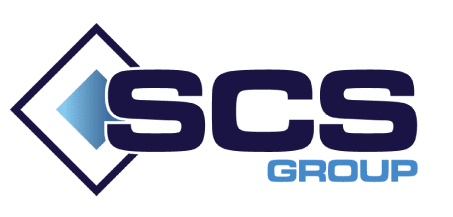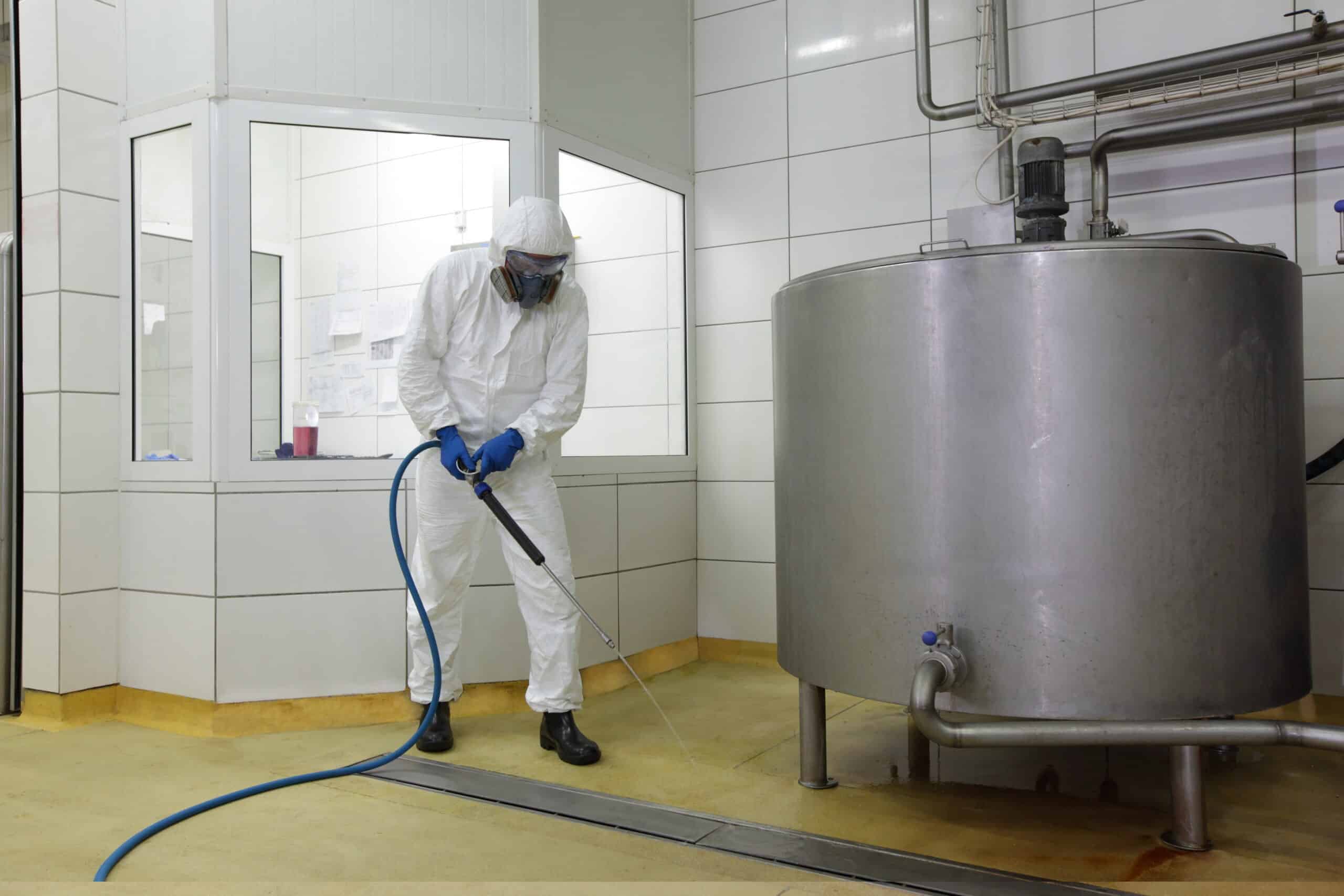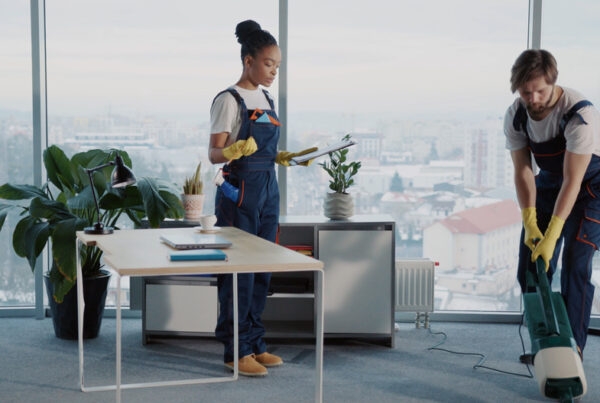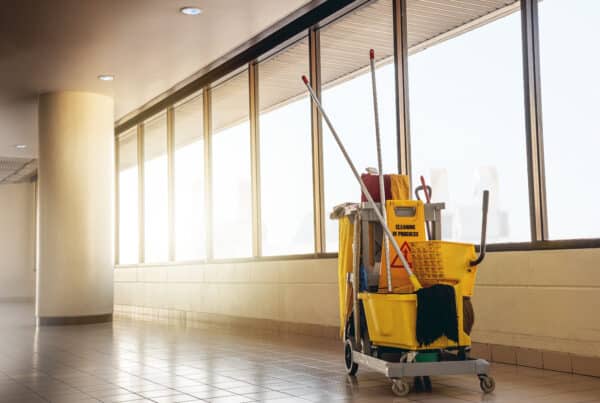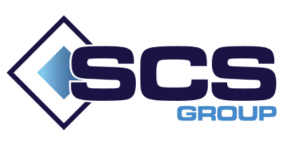Introduction to Industrial Cleaning in the Chemical Distribution Sector
Industrial cleaning plays a vital role in maintaining cleanliness, hygiene, and safety in various sectors, including chemical distribution. The chemical distribution sector involves the storage, handling, and transportation of a wide range of chemicals, which presents unique cleaning challenges. Proper professional cleaning practices are essential to ensure the integrity of the chemicals, prevent cross-contamination, and create a safe working environment for employees.
This article provides an introduction to industrial cleaning in the chemical distribution sector, exploring the importance of effective cleaning, the specific challenges faced, and the key considerations for maintaining cleanliness and safety. By understanding the significance of industrial cleaning in this sector, we can better appreciate the critical role it plays in ensuring the proper handling and distribution of chemicals while safeguarding the well-being of workers and the environment.
Understanding the Unique Cleaning Challenges in Chemical Distribution Facilities
Industrial cleaning in chemical distribution facilities presents a set of unique challenges that require special attention and expertise. These facilities handle a wide range of chemicals with different properties and hazards, making it essential to understand the specific cleaning requirements for each substance.
The presence of spills, residues, and potential cross-contamination further complicates the professional cleaning process. Additionally, the need to comply with strict safety regulations adds an extra layer of complexity.
To effectively address these challenges, professional cleaning personnel must possess in-depth knowledge of chemical handling, appropriate cleaning techniques, and safety protocols. Understanding the unique cleaning challenges in chemical distribution facilities enables the development of tailored cleaning strategies that prioritize safety, cleanliness, and adherence to industry standards.
Related Read: Restaurant Cleaning : How We Helped a Restaurant Achieve Top Ratings for Cleanliness
Safety Considerations in Industrial Cleaning for Chemical Distribution
When it comes to industrial cleaning in the chemical distribution sector, safety considerations are of utmost importance. The nature of handling and cleaning chemicals necessitates a comprehensive approach to ensure the well-being of workers and prevent potential hazards.
Safety considerations include conducting thorough hazard assessments, providing appropriate personal protective equipment (PPE), and understanding the compatibility and proper handling of chemicals. Adequate ventilation and air quality monitoring are crucial to minimizing exposure to harmful fumes and maintaining a safe working environment.
Emergency response protocols and spill control measures should be in place to effectively address accidents or spills. Regular training and education on chemical hazards, safe cleaning practices, and compliance with regulations are essential to foster a culture of safety in the workplace.
By prioritizing safety considerations, industrial cleaning in the chemical distribution sector can be conducted in a manner that safeguards the health and safety of workers while minimizing risks and ensuring regulatory compliance.
Related Read: Managing costs associated with customization while still providing high-quality office cleaning
Essential Equipment and Tools for Industrial Cleaning For Chemical Distribution Areas
Cleaning chemical distribution areas requires the use of specialized equipment and tools to ensure effective and safe cleaning practices. These essential tools are specifically designed to handle the unique challenges posed by chemicals and their storage areas
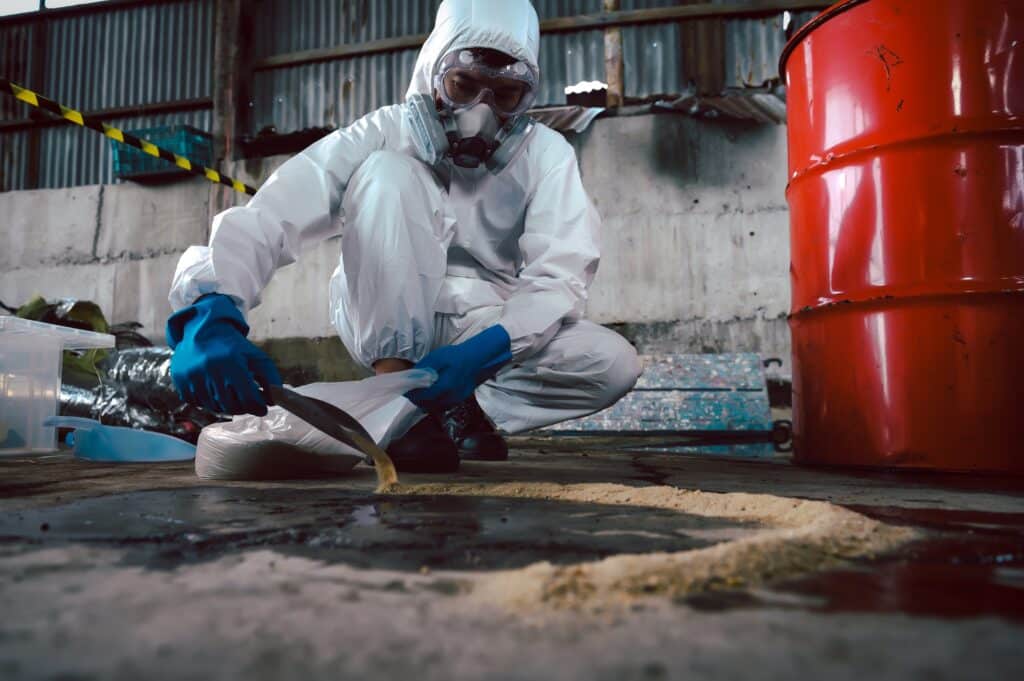
List of Equipment and Tools for Cleaning Chemiareas.cal Distribution Areas:
- Chemical-Resistant Gloves: These gloves provide protection against direct contact with hazardous substances, preventing chemical burns or skin irritation.
- Safety Goggles and Face Shields: Essential for eye and face protection, these tools shield against chemical splashes, fumes, and airborne particles.
- Respiratory Protection: Masks or respirators are necessary to filter out harmful fumes, vapors, or airborne contaminants, ensuring the safety of the respiratory system.
- Spill Containment Kits: These kits include absorbents, spill pads, and containment barriers, allowing for immediate response and control of chemical spills.
- Chemical-Grade Cleaning Solutions: Specifically formulated for removing chemical residues, spills, and stains, these cleaning solutions are designed to be effective and safe in chemical distribution areas.
- High-Pressure Washers and Sprayers: These tools help remove dirt, grime, and chemical residues from surfaces, ensuring thorough cleaning.
- Vacuum Cleaners with HEPA Filters: Equipped with High-Efficiency Particulate Air (HEPA) filters, these vacuum cleaners effectively capture and remove dust, particles, and potential contaminants from the environment.
- Non-Sparking Tools: Brushes, shovels, and other non-sparking tools are essential for cleaning in areas where flammable or combustible materials are present, reducing the risk of ignition.
- Safety Signage and Labels: These provide clear identification of hazardous areas, chemical storage locations, and instructions for safe cleaning practices, enhancing overall safety in the facility.
- Personal Protective Equipment (PPE) Storage: Proper storage cabinets or designated areas for PPE ensure easy accessibility and maintenance, promoting consistent use and protection for Industrial cleaners.
These equipment and tools are essential for maintaining cleanliness, preventing cross-contamination, and ensuring the safety of workers in chemical distribution areas. By utilizing the appropriate equipment and adhering to proper industrial cleaning procedures, potential risks can be minimized, and a safe working environment can be maintained.
Related Read: Hospital Cleaning: Meeting the Cleaning Needs of Medical Facilities
Industrial Cleaning and Maintenance of Chemical Storage Tanks and Containers
Cleaning and maintaining chemical storage tanks and containers is crucial for ensuring the safe storage and handling of chemicals. Regular cleaning prevents the buildup of residues, which can compromise the integrity of the stored substances. Emptying and isolating the container, followed by the selection of appropriate professional cleaning solutions. Based on the type of residue and container material. Manual cleaning using brushes, scrubbers, or high-pressure washers effectively removes residues from the container's interior. Chemical neutralization may be necessary for certain substances.
Thorough rinsing with clean water and proper drainage ensures the removal of cleaning solutions or neutralizers. Regular inspection for corrosion, leaks, or structural damage allows for timely repairs, ensuring the container's longevity and reliability. It is important to follow this cleaning and maintenance practices. The safety and integrity of chemical storage tanks and containers can be preserved. Minimizing risks and ensuring compliance with regulatory requirements.
Related Read: Aged Care Cleaning: Strategies for Preventing the Spread of Diseases
Best Practices for Spill Cleanup and Chemical Containment
Best Practices for Spill Cleanup and Chemical Containment
- Immediate Response: Time is of the essence when it comes to spill cleanup. Responding promptly to a spill minimizes its potential impact and prevents further spread. Activate spill response protocols and ensure all necessary personnel are notified.
- Personal Protective Equipment (PPE): Prioritize safety by providing and wearing appropriate PPE. This may include gloves, goggles, respirators, or protective clothing. PPE protects workers from exposure to hazardous substances during cleanup and containment efforts.
- Containment: Quickly contain the spill to prevent it from spreading. Use barriers, absorbent materials, or containment systems to confine the spill and limit its impact on the surrounding area. Be mindful of the spill's potential to seep into drains or bodies of water.
- Cleanup Techniques: Employ proper cleanup techniques based on the nature of the spilled substance. Use absorbent materials, such as spill kits, to soak up the spill. Dispose of contaminated materials safely and according to regulations. Thoroughly clean and decontaminate the affected area using appropriate cleaning agents.
- Documentation and Reporting: Maintain accurate records of spill incidents, including the spill's location, volume, and cleanup measures taken. Report the incident to relevant authorities and follow any reporting requirements outlined by local regulations or organizational policies.
- Training and Drills: Regularly train employees on spill response procedures and provide hands-on drills to ensure they are familiar with proper cleanup techniques. This helps promote a culture of safety and preparedness within the organization.
- Review and Improvement: Conduct post-spill assessments to identify areas for improvement in spill prevention, containment, and cleanup processes. Implement any necessary changes or adjustments to enhance future spill response.
Cleaning Procedures for Chemical Handling Equipment and Piping Systems
Proper cleaning procedures for chemical handling equipment and piping systems. This is vital to ensuring the safe and efficient operation of these systems. The first step is to isolate and drain the equipment or system, ensuring there is no residual chemical present. Next, the appropriate industrial cleaning solution should be selected based on the type of chemical or residue to be removed.
This solution is then circulated through the equipment or piping system. Using pumps or other means, allow it to thoroughly clean the surfaces. After the cleaning solution has been circulated, give it a thorough rinse with clean water. This should be performed to remove any remaining cleaning agents or contaminants.
Finally, a visual inspection should be conducted to verify the cleanliness of the equipment or piping system. Ensuring it is ready for safe chemical handling operations. By following these cleaning procedures, the risk of cross-contamination, chemical reactions, or equipment malfunctions can be minimized. Promoting a safe working environment and prolonging the lifespan of the equipment and piping systems.
Why Choose SCS Group Integrated Services for Industrial Cleaning Company in Adelaide
When it comes to industrial cleaning in the Adelaide chemical distribution sector. SCS Group Integrated Services is the top choice for several reasons. As the best industrial cleaning company in Adelaide, we have extensive experience and expertise in this industry. Ensuring that our cleaning solutions meet the highest standards. Secondly, we prioritize safety by adhering to strict protocols and providing our team with comprehensive training.
Thirdly, we utilize cutting-edge equipment and tools that are specifically designed for cleaning chemical distribution areas. Fourthly, we are well-versed in regulatory compliance, ensuring that our industrial cleaning practices align with industry regulations. Lastly, our personalized approach allows us to develop customized industrial cleaning solutions that address the unique challenges of each facility.
